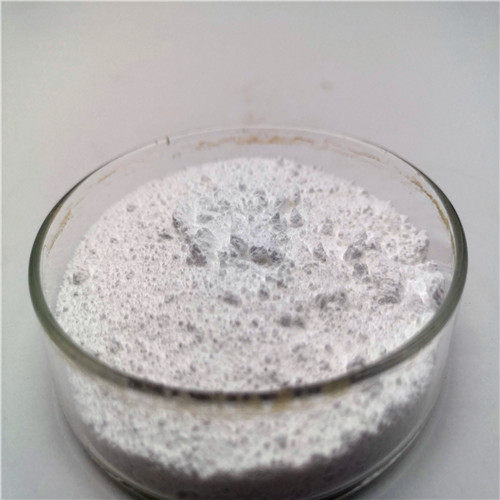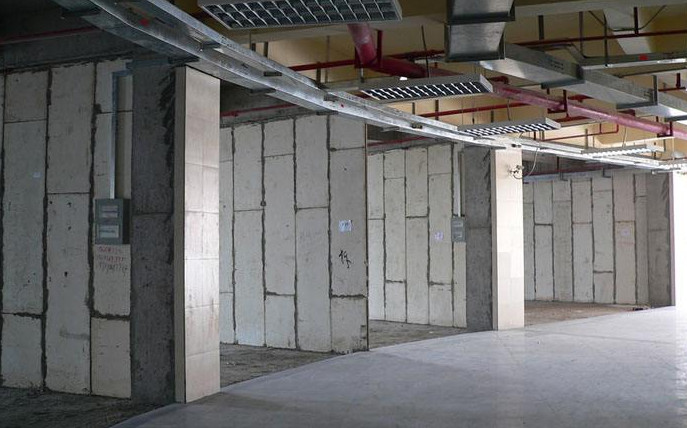Professional solutions on concrete addtives, Concrete Foaming Agent, Superplasticizer, CLC Blocks Additives, and foaming machine
(Compound Polycarboxylate Superplasticizer with Retarding Component)
In order to overcome the technical defects in the application of polycarboxylate water-reducing agent, or to improve some or some properties of concrete (workability, slump retention, reduction of bleeding, improvement of early strength, low shrinkage, etc.), it is necessary to modify the concrete.
In practice, the commonly used modification methods include synthetic technology and compound technology. Compared with the synthetic process, the compound method has the advantages of simple operation and low cost, so it is widely used in practical applications. Polycarboxylate series compound technology, is the Polycarboxylate series water-reducing agent and other components (such as slow coagulation, defoaming, air induction, early strength, and other components) according to a certain proportion of the combination compound, in order to achieve the coordination of the superposition of each component.
Compound Polycarboxylate Superplasticizer with Retarding Component
Polycarboxylate superplasticizer itself also has a certain retarding effect on concrete, which follows the mechanism of "adsorption-complexation". Polycarboxylate molecules adsorbed on the surface of cement particles prevented the early hydration of C3A. The superplasticizer molecules formed a complex with calcium ions and inhibited the crystallization process of calcium hydroxide. Hydrophilic groups in water-reducing agent molecules form hydrogen bonds with water molecules, forming association molecules that bind water molecules, thus reducing the hydration reaction rate. The combined action of the above factors promotes the extension of the cement hydration induction period, forming a slow setting effect.
At present, the commonly used retarding components are sodium gluconate, citric acid (sodium), inorganic phosphate, organic phosphate, sugar calcium, lignin, etc.
By compounding polycarboxylate superplasticizer with several commonly used retarding components, Bi studied what effect compounded materials would have on the workability, exudation rate, air content, and strength performance of concrete. It was found that citric acid was not suitable for compound use with polycarboxylate water reducing agents.
Liu also found that the combination of sodium gluconate and Polycarboxylate can improve the fluidity of cement slurry, improve the strength of mortar, and solve the adaptability problem of Polycarboxylate water-reducing agent and cement. Through the experimental study on the combination of several commonly used retarders and polycarboxylate superplasticizers.
Chai found that polycarboxylate superplasticizer mixed with wood sodium, sodium pyrophosphate, sodium tripolyphosphate, borax precipitate is not suitable for practical application; The combination of sodium gluconate, sodium citrate and sodium hacipenetaphosphate had a better plasticizing effect, enhanced water reduction, and decreased 28d strength. In addition, polycarboxylate compound retarder can reduce the early strength and increase the bleeding and gas content.
In summary, when Polycarboxylate water-reducing agent is combined with retarding components, the retarding coordination effect of the composite system varies with components. In practical application, the compound is optimized according to the types of retarding components and engineering requirements.
Concrete Superplasticizer Supplier
TRUNNANO is a reliable concrete additives supplier with over 12-year experience in nano-building energy conservation and nanotechnology development.
If you are looking for high-quality concrete superplasticizer, please feel free to contact us and send an inquiry. (sales@cabr-concrete.com)
We accept payment via Credit Card, T/T, West Union, and Paypal. Trunnano will ship the goods to customers overseas through FedEx, DHL, by air, or by sea.
(Compound Polycarboxylate Superplasticizer with Retarding Component)








